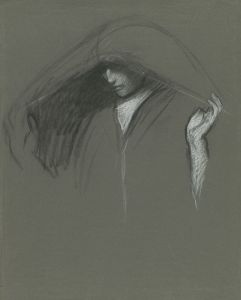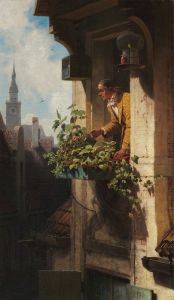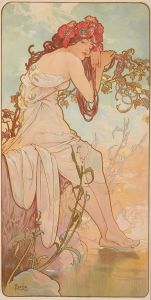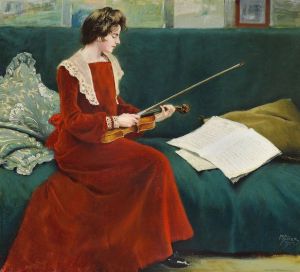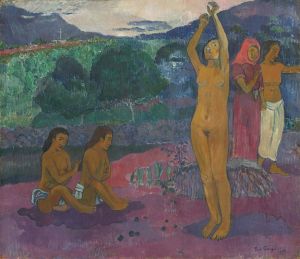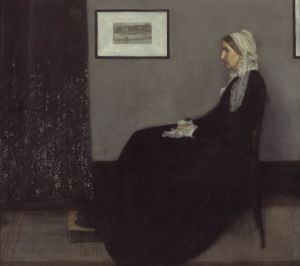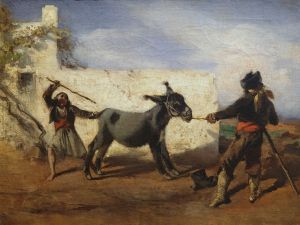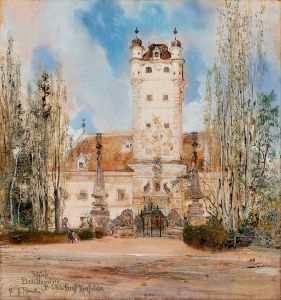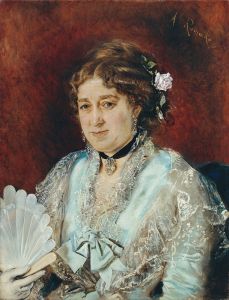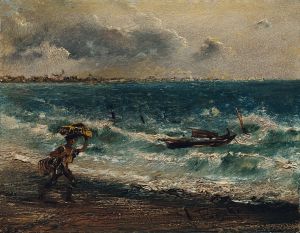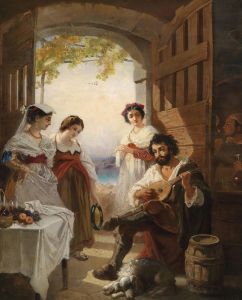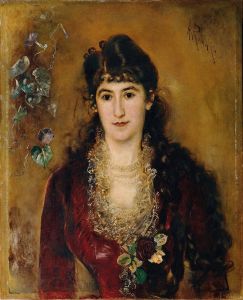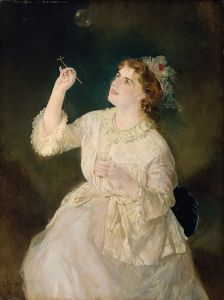
Die Nichten des Künstlers, Elisabeth und Maja
A hand-painted replica of Anton Romako’s masterpiece Die Nichten des Künstlers, Elisabeth und Maja, meticulously crafted by professional artists to capture the true essence of the original. Each piece is created with museum-quality canvas and rare mineral pigments, carefully painted by experienced artists with delicate brushstrokes and rich, layered colors to perfectly recreate the texture of the original artwork. Unlike machine-printed reproductions, this hand-painted version brings the painting to life, infused with the artist’s emotions and skill in every stroke. Whether for personal collection or home decoration, it instantly elevates the artistic atmosphere of any space.
Anton Romako's painting Die Nichten des Künstlers, Elisabeth und Maja (translated as The Artist's Nieces, Elisabeth and Maja) is a notable work by the Austrian painter, who is recognized for his contributions to 19th-century art. The painting depicts two young girls, Elisabeth and Maja, who were Romako's nieces. It is an example of his portraiture, which often combined psychological depth with a distinctive, unconventional style.
Romako, born in 1832 in Atzgersdorf, Austria, was known for his unique approach to painting, which diverged from the academic traditions of his time. His works often featured a blend of realism and emotional intensity, and he is considered a precursor to modernist movements in art. While Romako's career was not widely celebrated during his lifetime, his work gained recognition posthumously for its innovative qualities.
In Die Nichten des Künstlers, Elisabeth und Maja, Romako captures the two girls in a domestic setting. The painting is characterized by its intimate atmosphere and the artist's attention to detail in rendering the figures. The composition reflects Romako's interest in exploring the inner lives of his subjects, a hallmark of his portraiture. The brushwork and use of light in the painting demonstrate his technical skill and his ability to convey mood and emotion.
The painting is part of Romako's broader body of work, which includes portraits, historical scenes, and genre paintings. His style, often described as ahead of its time, was not fully appreciated during his life, but he is now regarded as an important figure in Austrian art history.
Further details about the specific circumstances of the painting's creation, its provenance, or its current location are not widely documented. However, it remains an example of Romako's ability to capture the essence of his subjects and his contribution to the evolution of portrait painting in the 19th century.





